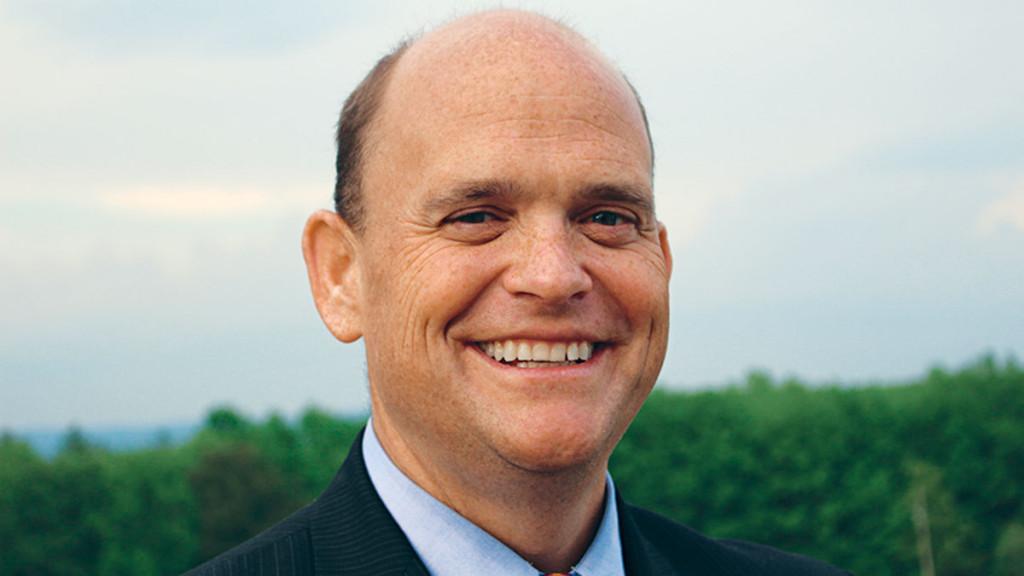With students back at school and the academic year well underway, many college students will be working hard to secure internships or find their first full-time jobs. However, for thousands across the country, payments will need to be made on their student loans long before their first paycheck comes in the door.
I can personally relate to this struggle. I am the youngest of 12 children and was raised by a widowed mother on social security and military death benefits. As such, my family was not in a position to pay the full bill for my schooling. Getting my education required taking out loans, which I continue to pay back to this day. I understand how financial burdens from college extend far into the future, and I feel for students when I talk with them about the rising cost of college. I think about my children who will head off to college someday soon and know that we can work together to care for our students by reducing the loan burden, educating families and ensuring opportunity after graduation.
Students and their families have difficult decisions to make when balancing what they can afford with the quality of education they are seeking. That’s why I’ve held roundtable discussions with students, parents, school administrators and financial aid representatives to focus on the confusing and complex process of applying for financial aid. We need to improve federal student aid and educate our students about the choices they are making through enhanced financial counseling. We should also work together to strengthen the options available for students to repay their loans by considering a loan pay-off or work-off program for careers beyond just public service and streamline the process in a fair and open fashion.
Over the last 10 years we have seen the cost of college increase, but also the rise of administrative salaries. Many presidents earn more than $500,000 a year in salary and benefits, and some earn more than $1 million. We are working to make these costs more transparent so families can put pressure on colleges to lower costs.
We all agree that student loan rates should not continue to rise. I care about the future of our students and was happy when we were able to come together to avoid an interest rate spike and pass the Smarter Solutions for Students Act that strengthened federal student loan programs. However, in the last decade, the cost of higher education has doubled while stagnant employment numbers across the country are signaling a tough economy for recent graduates, made tougher by the looming debt that follows graduation. Monthly payments are more affordable if you are employed.
We need to put politics aside and work together to ensure our graduates can build the future they deserve. It’s not just about finding a job after graduation or getting our kids to a place where they can move out of their childhood bedrooms. It’s about setting our kids up for success — for the rest of their lives.














